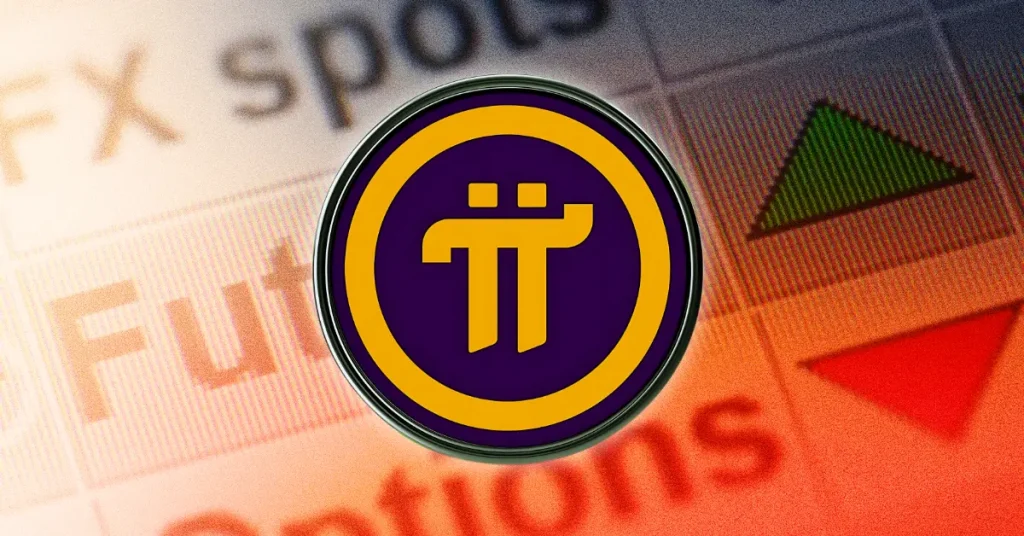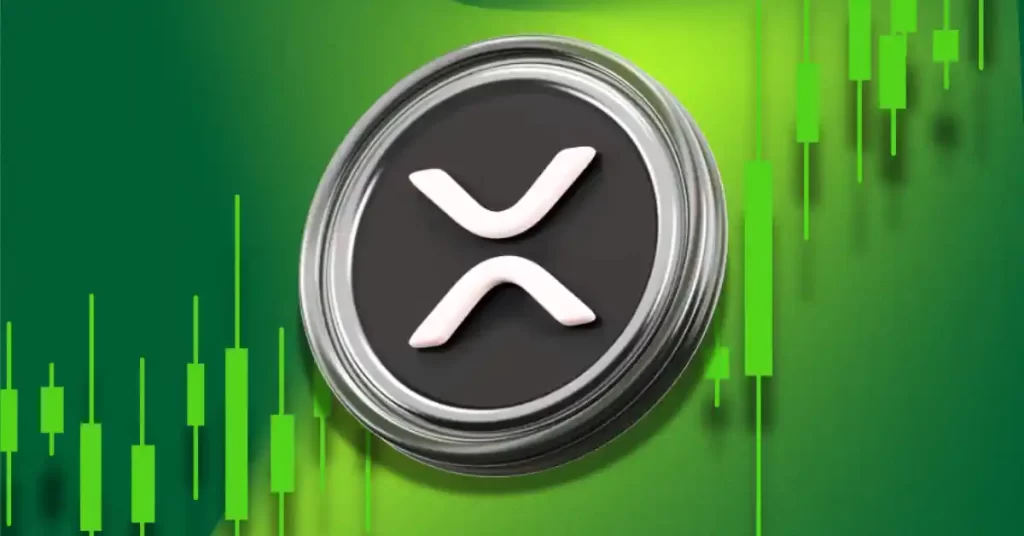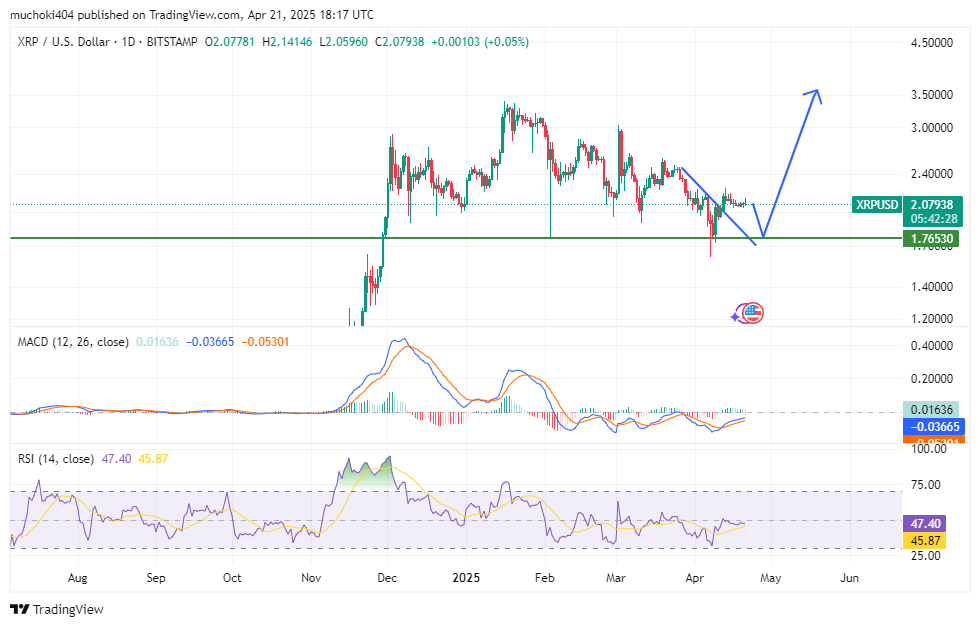
The post Pi Network Rally Soon? BitMart Resumes Pi Coin Trading, Banxa Creates Thousands of New Accounts appeared first on Coinpedia Fintech News
The price of Pi Coin (PI) has slipped below the key $0.60 level, falling by over 3% in the past 24 hours. On a 30-day timeframe, the token has recorded a -15% decline, making it one of the few major cryptocurrencies trading in the red this month.
While this downward trend has raised concerns among holders, some traders are starting to wonder if this dip could actually be a strategic buying opportunity. Since mid-April, Pi Coin has been trading sideways in a narrow range between $0.59 and $0.67, and with the current price now testing the lower boundary at $0.58, the market could face further downside risks if it breaks below this support.
The big question circulating in the community right now: can Pi Coin climb back to $3?
Despite the recent price pressure, there are a few positive developments stirring excitement among Pi supporters:
- BitMart has officially resumed trading for Pi Coin, bringing back much-needed liquidity to the market.
- Banxa, a fiat-to-crypto payment platform, is reportedly creating thousands of new accounts, signaling growing interest in Pi.
- HTX (formerly Huobi) is teasing Pi Coin activity on its platform, hinting at possible future support.
- And perhaps most notably, Pi Network founder Dr. Nicolas Kokkalis is set to be a keynote speaker at the Consensus Summit in Toronto in May 2025 — a major event for the global crypto industry.
According to crypto influencer Dr. Altcoin, these updates could mean one thing for Pi’s price outlook: bullish momentum might be building.
For now, all eyes are on whether Pi Coin can hold its support at $0.58 — or if these positive signals can help spark the next rally.










